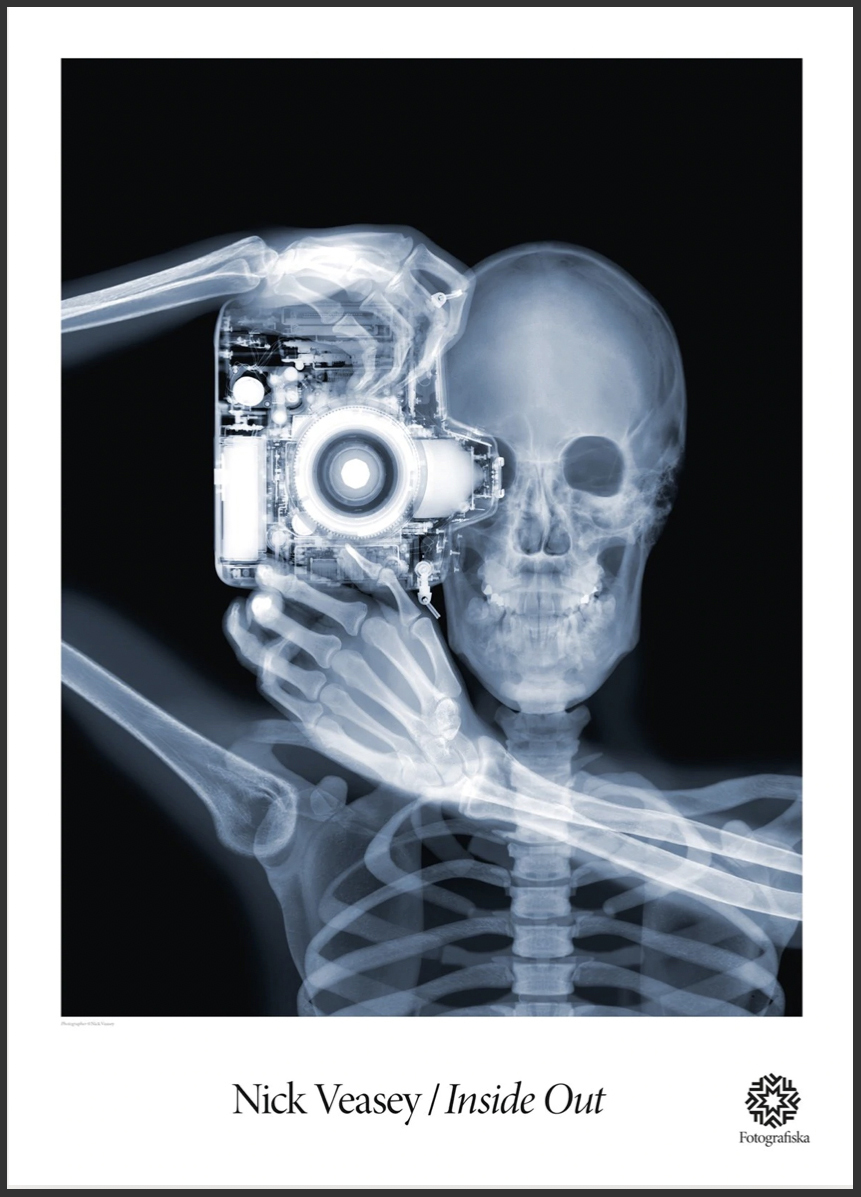Over the last year, many photographers have approached me or my fellow members of Fotografiska’s Exhibition Committee for insight into the photo art world, the various risks and opportunities, and advice for their careers overall. With the constant chatter about the emergence of NFTs across different art forms, ancillary opportunities such as poster sales, and the continued importance of working with an established gallery, it seemed like the right time to share some thoughts and observations.
Photography has always been a unique field in the art world. Whereas all the major art fairs feature every expression of art and craft, our genre is the only one that has its own ecosystem of photo fairs, photo galleries, and dedicated museums. In that context, it has always been important for artists working in photography to understand how editions, mass replication, and online presentation affects their careers. Sculptors produce versions, painters make lithographs, and digital artists can engineer variations, but photography has always been defined by the edition of prints.
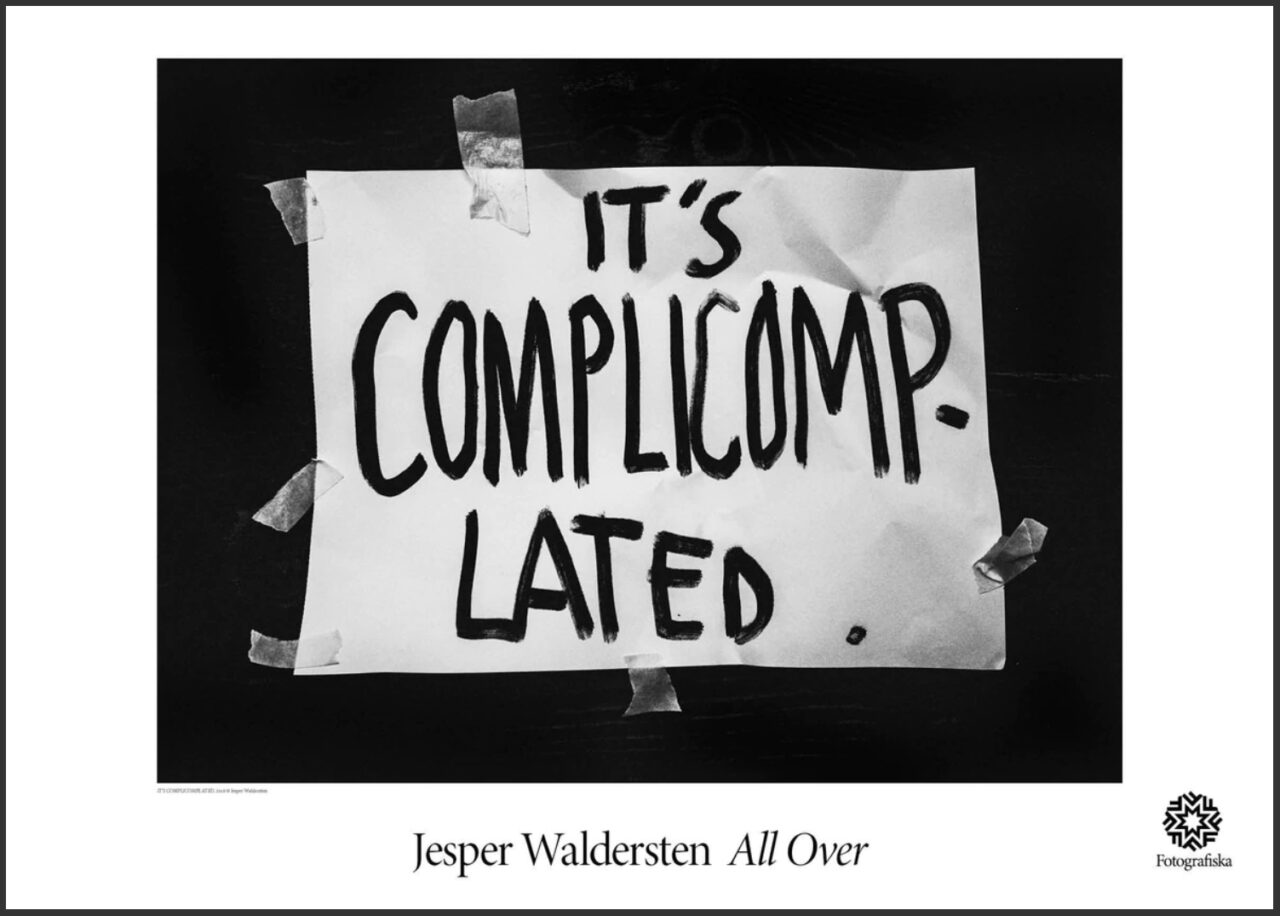
Understand your work
A lot of photographers feel like they have to decide what kind of career they’re pursuing. There is a difference between being a commercial photographer and a photographic artist. These are equally viable paths to follow, both require skills and creativity, but they offer different risks and opportunities when evaluating these relationships.
As ever, photographers and photo artists should be extremely deliberate in the galleries and platforms they choose to work with. Lens Culture put together a great guide that helps emerging photographers think through the process, and I encourage you to download it from the website.
A lot of this information is self-evident, but the key takeaway is this: be cautious, take your time, and really research the reputation of whom you involve yourself with. As photographers, we have to tread more cautiously into the new world. Photography is pervasive on the internet, and lives on remote sites for many years. Whereas a painter finds a whole new field for expression through prints and lithographs, a photographer must be wary of the thin line between a fine art paper-print and a poster. Finally, digital art is coming of age, and can prove its honest provenance through a token on the blockchain, but it is far from clear how a photographer should think about minting NFTs.
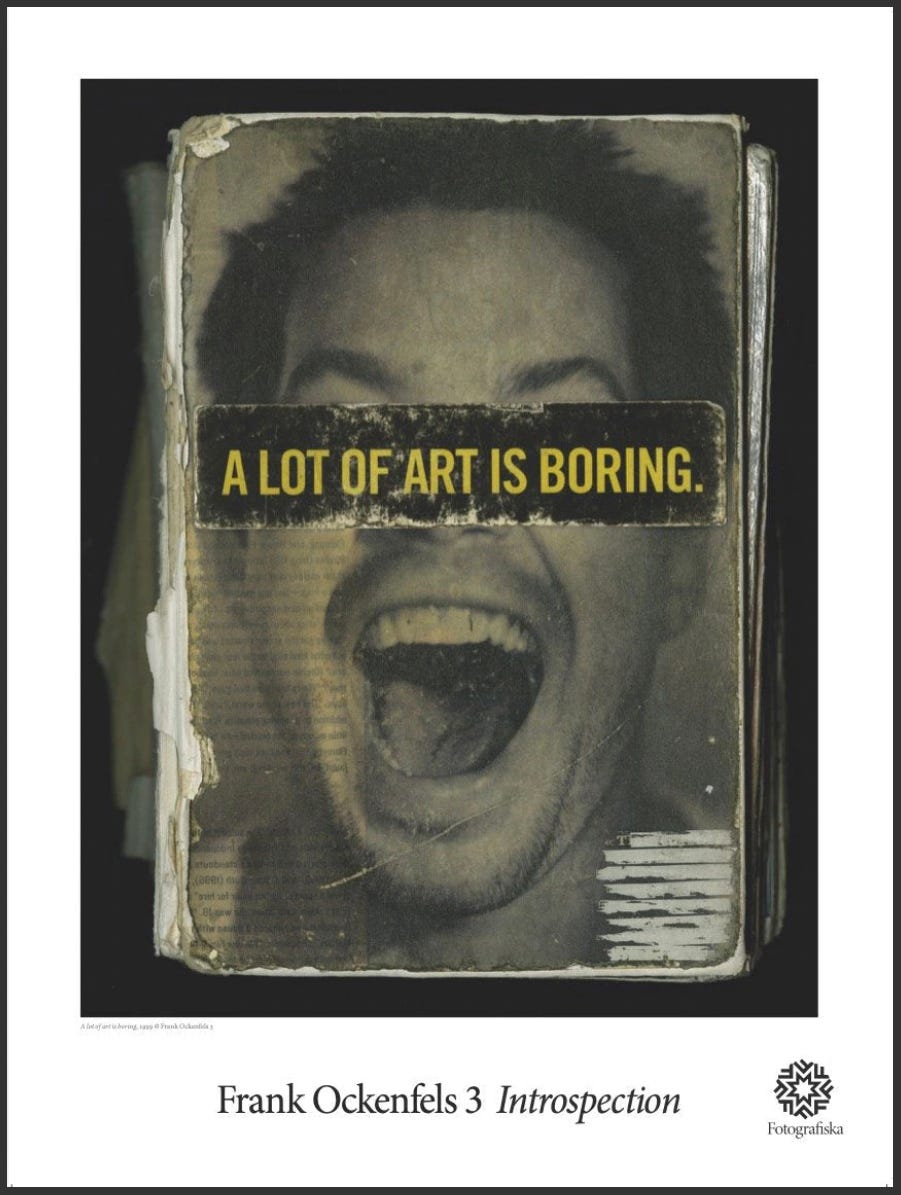
Research your Galleries
Having someone represent a photographer’s fine art work is an important long-term career commitment and should be made carefully. There are great gallerists out there. Working with no more than one or two of them ensures collaboration with professionals whose primary motivation is to sell your work to the right collectors. They have a vested interest in seeing your career grow, and to protect your name.
Of course, there are many photographers who choose to bypass the gallery system, and sell their work via their own websites, or manage their presence on various sales platforms directly. If an artist has the time and skills to communicate and operate the process, it can be a very powerful way to control one’s sales.
However, I would strongly caution any photographic artist before mounting online sales of limited edition fine art. It makes sense to explore such sales hand-in-hand with your gallery, but if you’re entering the marketplace by yourself, be sure to understand the process. There are several new platforms out there, and many are trying to establish their dominance in the marketplace. They seek vast amounts of images with which to fill their website, in hope of finding a few photos that sell well. Quantity over quality isn’t always a good end-result.
We’ve all heard the buzzwords: new sites want to gain name recognition and market share, but most of the work listed for sale is simply considered content and gets lost among the vast offerings. A good gallerist understands the collectors in his orbit and will seek to match the right buyer with an artist’s work.
Joining the wrong platform isn’t simply about lost sales. The internet is forever, as we keep being reminded. Once the photograph is out there, you can’t just pull it back, even if the print is no longer for sale. When an artist’s work is already available in various forms, editions, and qualities across the web, most serious gallerists or museums will pass on collaborating. It is hard to build a reputation and establish a clear path when the name and images have already been shown everywhere.

Know your Platform
When it comes to platforms, it’s important for photographers to understand what they’re hoping to sell. There are big differences between fine art, digital works, and posters. Every genre is a distinct form of expression, and experienced photographers know that each format benefits from its own forum and partnership.
One should be especially cautious with platforms seeking to build a market in which they conjoin all these different expressions of photography on to one website. Clever business plans may attract investors, but it cannot be stated clearly enough: be wary of newly-formed companies promising to cover every aspect of photography. The volume sales will come from posters, which invariably becomes the primary business. Everything else is a secondary revenue source, no matter how much hype they’re singing about a brave new world.
To be clear, there’s nothing wrong with posters. At Fotografiska we love exhibition posters, they commemorate important shows and tie back to a special moment in the photographer’s career. I’ve included some in this article. But beyond museums and galleries, photographers should gauge carefully whether they want their images available by the thousands as decoration for offices and waiting rooms. For a painter or a digital artist, a limited-edition lithograph is an important opportunity to extend their media, reaching young collectors who can’t yet afford the artist’s primary work. But for a photographer, the line between a limited-edition print and an open-edition poster is very thin.
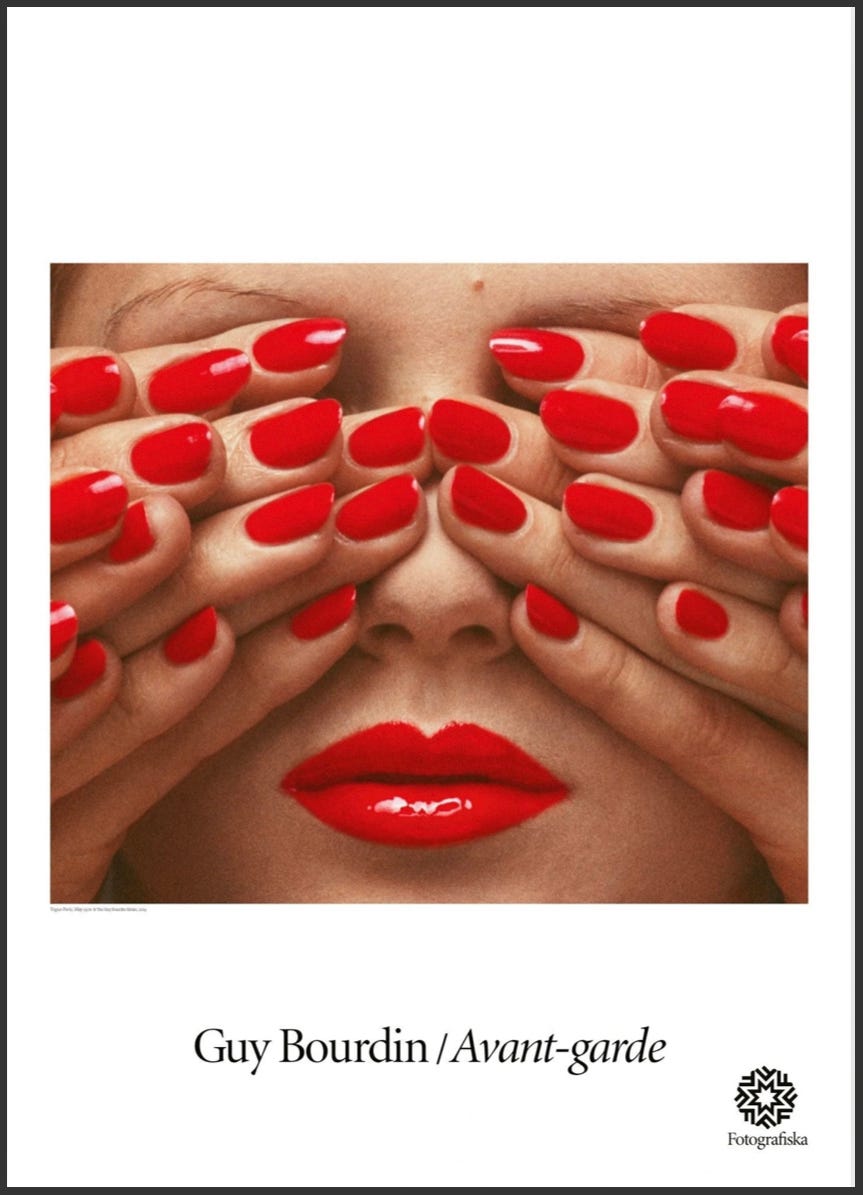
Be curious & seek Answers
The push to gain market share and scale is even more aggressive in the NFT world. There is breathless hype from rabid fans fawning on Reddit or Discord, while cautious beginners wonder if they’re really missing out on the next Big Thing.
A lot has been written about the confluence of three elements: digital art, non-fungible tokens, and crypto currency. Arriving at the tail end of a fourteen-year economic bull market, the birth of pervasive social media platforms, and a pandemic with locked-down people engaging with screens for hours, it is no wonder that trading digital assets has caught our collective attention.
Another point that often needs to be explained to photographers just joining the conversation is that the Non-Fungible Token is not actually the art, but rather the technology that confirms proof of ownership. The digital asset, whether it’s virtual clothing, digital art, or access to a feature, can be bought or sold. These distinctions should matter to a photographer, because editions are usually produced in very low numbers, whereas a lot of the NFT art that has garnered so much attention and money gets minted in the tens of thousands.
Art usually reflects its era and takes advantage of new tools and techniques. The widely available computing power that has changed the way we design buildings and produce music, whether through parametricism or sequencing, has also manifested in the artworld. Some of the best-known NFT art projects rely on computation to create small algorithmic variations between works. This generative process means that a piece of art can be one of thousands, but unique in distinct ways. These subtle differences can be a great foundation for building a collection and celebrating the small differences that make a work unique.

Be a little sceptical
History will decide if thousands of Bored Apes or Crypto Punks varying slightly based on algorithmic intervention have a place in the art world, or whether they’re simply the first digital Beany Babies. Collectors have made the case that their tokenized art is the membership key to a thriving community. Many NFT buyers find themselves part of various online groups, but anonymous posting is not the same as meeting a friend at an exhibition.
However, there is real power in groups of committed and determined collectors. Some of the online communities and DAOs developed through Discord channels or forums have transcended the art they were founded on. The most successful NFT projects serve as a rallying point for a community, and have driven new art forms and discourse on the future of the industry.
There are dozens of companies hoping to ride the NFT tidal wave, creating tokens and associated art by the thousands that vary in small ways. They will try multiple iterations of this template hoping to conjure a collectible and tradable digital item, thus unlocking financial magic for themselves as collectors trade them actively. Too many of these emerging projects are more focused on the tradability than the art itself, and it’s unclear whether the initiators actually mean “marketplace” when they’re talking about “community.”
This emphasis on quickly buying and selling the digital art has caused consternation in the art world. “Art flipping” has traditionally been frowned upon. It creates value without benefit to the artist while causing long-term harm to a career as auction prices become unsustainable. Flipping is especially harmful in the world of photography due to the small number of prints in a photographic edition, and the lower prices for emerging talent compared to contemporary art. The idea that NFTs forever embed a reasonable percentage for the creator, thus ensuring a participation in the transaction, may finally change that dynamic. This is where commercial photographers may see opportunity while photographic artists perceive real risk. That lively secondary market which confuses the traditional art market now serves the artist, at least in the short term.
While digital artists have built communities around trading vast numbers of works, few so far have found a path to success based on trading photography in that way, as typical photographers don’t have that many images. A notable exception seems to be the recent August Sander NFT drop. For contemporary image makers, developing such a large project is considerably more difficult. There is no easy way to create thousands of nearly identical photographic motives that can be machine-edited and still result in a meaningful and resonant image. Even though most photographs begin life as a digital file these days, it doesn’t mean that photography is a natively digital art form.
Some of these new marketplaces will promise their investors, their buyers, and especially photographers everything under the moon. We have been taught that in the start-up world it’s ok to fail, but doing so on the back of the creative community should give every artist pause. “Go fast and break things!” is an exciting mantra for an entrepreneur, but photographers need to be more careful. Pick your partners extremely carefully. A lot of us believe the NFTs that certify uniqueness and provenance and the underlying digital art are an important part of the future. Once minting becomes easier and quicker NFTs will be a powerful basis for licensing image rights and controlling usage.
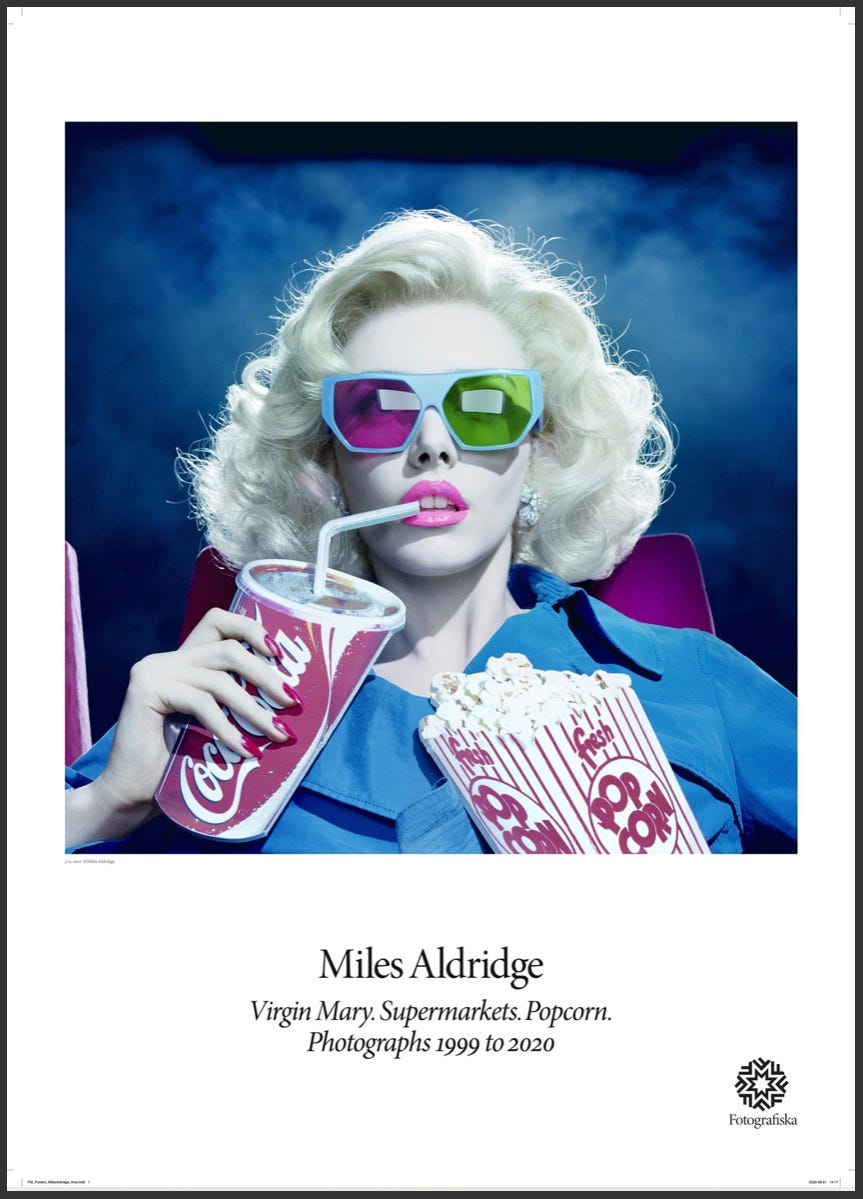
Envision the New Frontier
These are exciting times. There are some companies who really understand the new art world. Not surprisingly, it is being led by those who have taken the time to engage personally in the process. They include David Zwirner’s Platformand Johann König’s misa.art, who are very serious about the artists they represent and the work that is made available in its different forms. Sotheby’s and Artnet are leaders in the online auction world. Emerging digital platforms such as artwrld have a deep sense of curation, and Quantum is serious about building a community committed to photography. Open marketplaces such as Artsy and Saachi ensure that artists are paid while offering meaningful control. When it comes to collectible NFT icons, few do it as well as Bright Moments who produce live minting events in leading cultural cities around the globe. It is changing the way collectors spend their time while supporting a true community beyond the screen. Obviously there are more sites and players, and I hope you will share links and trusted names for others to discover.
Fotografiska is a leading voice in the world of photography, in all its forms. We are neither a collecting museum, nor a gallery, which means we neither buy art, nor sell it. As an Kunsthalle, we curate many of our shows directly with the artists or their delegates. Together we select one or two images for a limited run of posters to commemorate the exhibition, available in our museums and on our website. Fotografiska aims to inspire a more conscious world, and sometimes that means helping our photographers and artists to navigate the business side of the art world. As a platform for photography, we support emerging talent and represent all parts of our community. We help our artists and their gallerists wherever we can. Should anyone reach out to you for their photography business while claiming they’re working with Fotografiska, were once part of the museum, or that they somehow represent us, be sure to get in touch and double-check.
Our well-respected exhibitions span the gamut of photography genres, and we are curating a number of digital art shows for our growing network of museums. We are evaluating the right partnerships with those who respect photography and its artists. Nothing has given us greater joy than expanding Fotografiska to leading cultural destinations, to grow our community, and to witness the long-term success of our photographers, artists, and partners.
